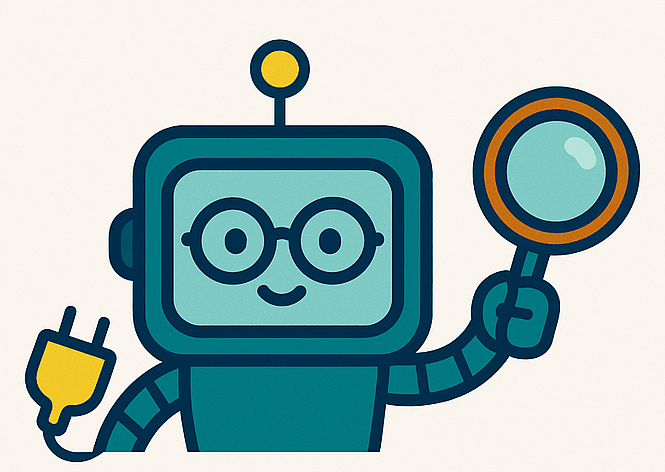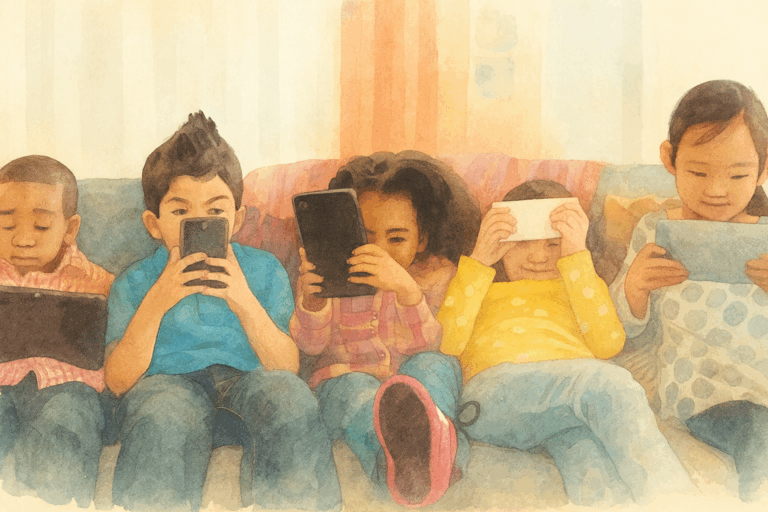AI and Parenting: What I Learned When I Invited the Robots Into Family Life
AI and Parenting: What I Learned When I Invited the Robots Into Family Life
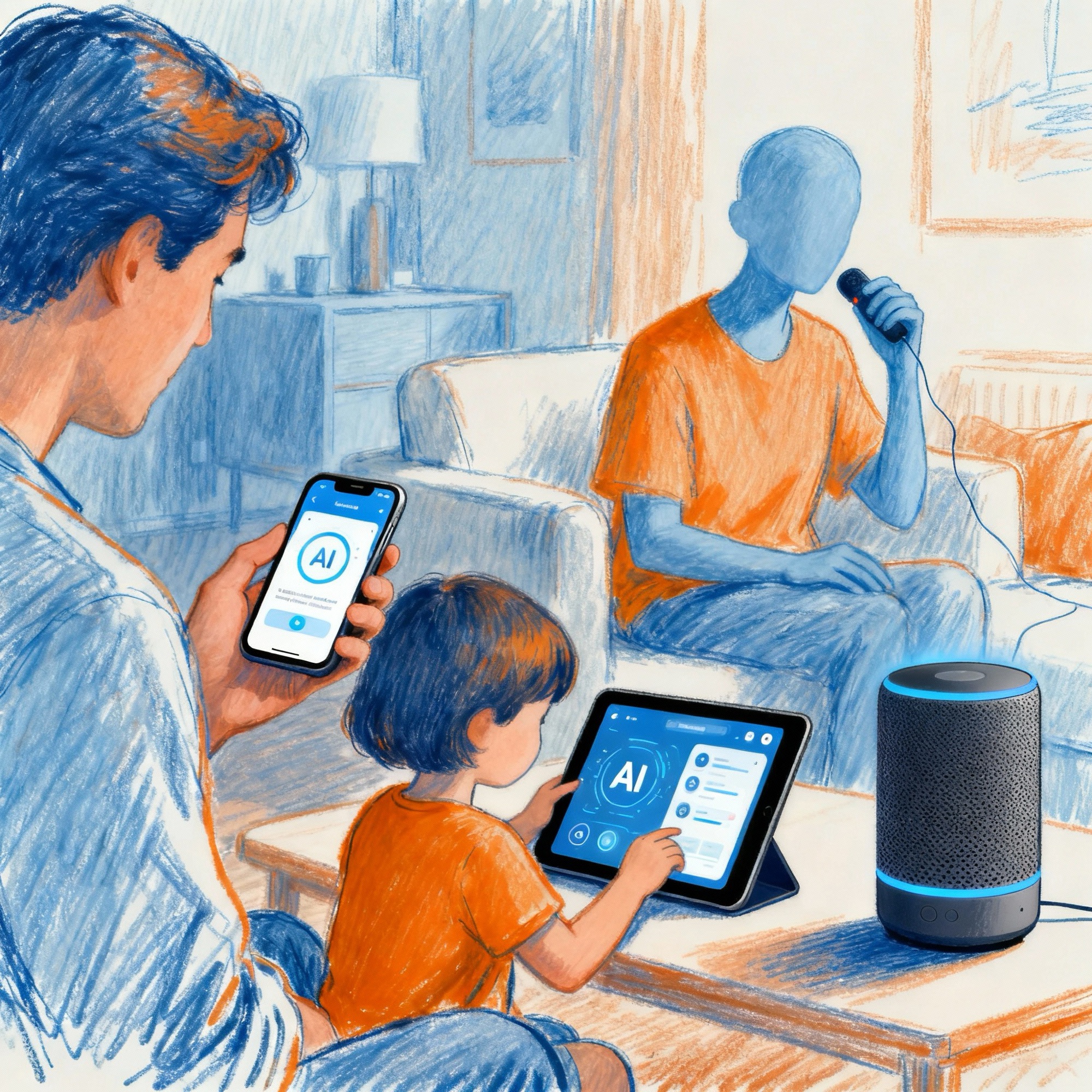
I used to file “artificial intelligence” next to flying cars and moon colonies — interesting, a bit over-hyped, mostly theoretical. Then it crept into our home in the quiet way technology always does. A school email that summarised itself. A speaker that translated a French verb faster than I could find a dictionary. A family calendar that stopped double-booking us with ruthless efficiency. Somewhere between scepticism and curiosity, I invited the robots in on purpose — and kept notes on what actually helps a family function, and where we should still draw lines.
What AI actually is — in plain English
Most of what we call AI on phones and laptops is prediction at scale. These systems read huge amounts of text, audio and images, then predict the next best word, pixel or decision. Give them a messy email thread and they produce a tidy summary. Ask them to plan four dinners from what’s in your fridge and they’ll try. None of this is magic; it’s statistics with a polite tone of voice. Helpful — but not wise on its own.
The chatbot boom: hundreds of tools, a handful that matter
You’ve heard the names: ChatGPT, Google Gemini, Claude, Perplexity, Microsoft Copilot — with more every month. It’s tempting to treat the list like a race. It isn’t. For families, the better questions are: which one respects your privacy, which one you’ll actually use, and which one reduces work rather than adding it.
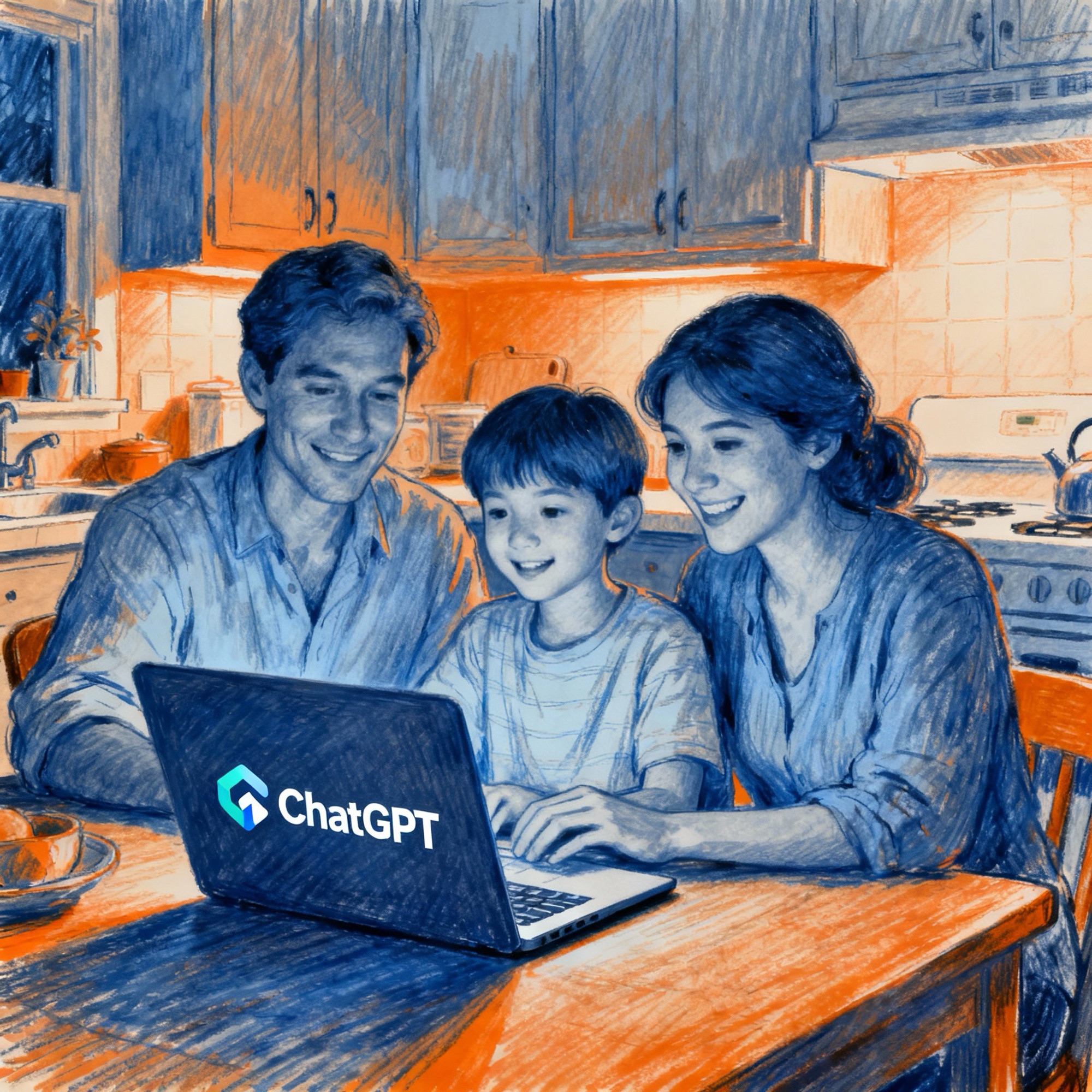
How I chose our “house” assistant
- Signed in, not anonymous: I prefer official apps with clear privacy controls over random chat sites.
- Simple policy: the ability to disable training on our data, plus a plain-English privacy notice.
- Comfortable voice: if the tone irritates you, you’ll avoid it. Pick the one you’ll actually use.
Where AI genuinely helps at home
I didn’t want a new hobby. I wanted less friction. When we started using AI on purpose, four everyday wins emerged quickly.
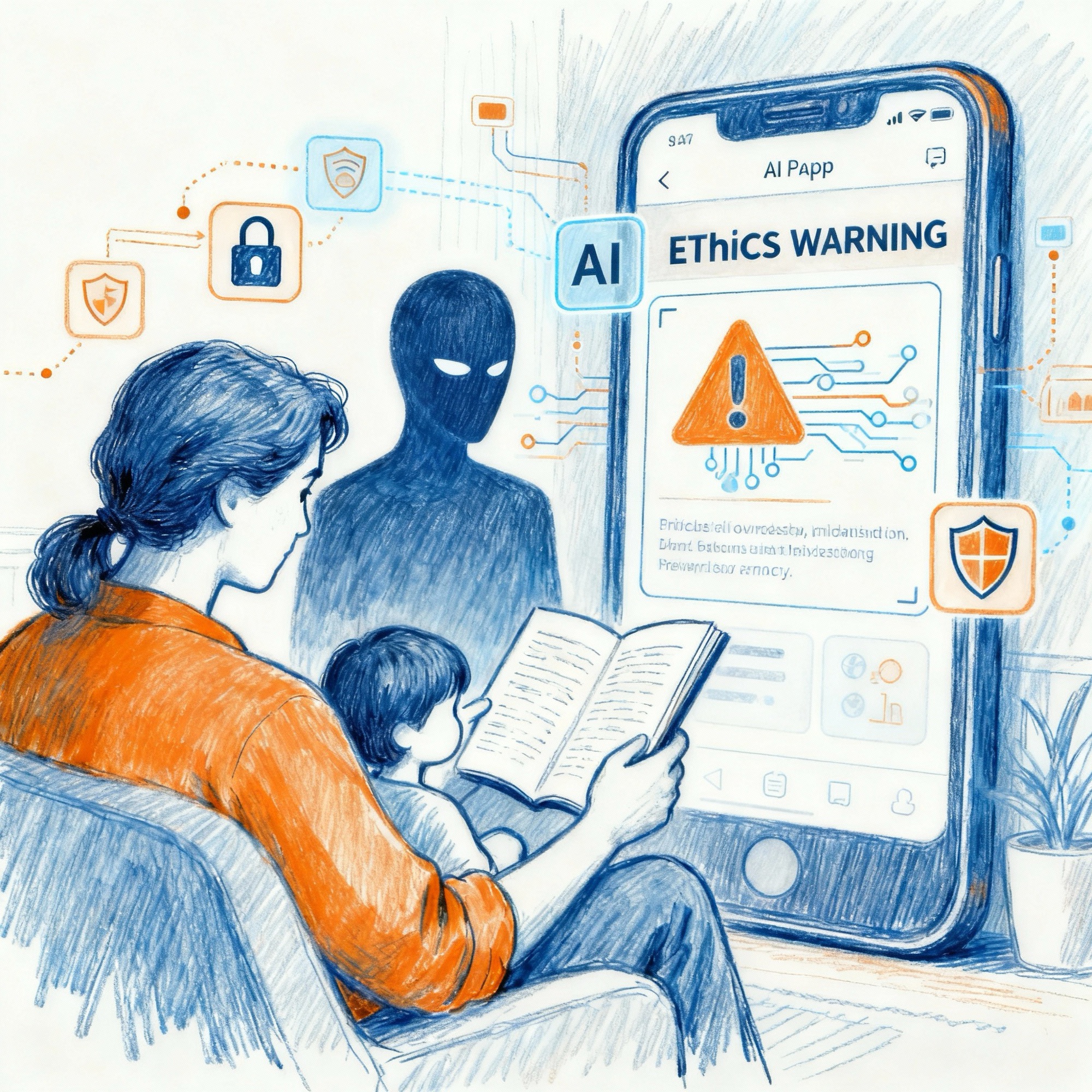
1) School admin without the sigh
A good assistant can extract dates, times and the one thing you must do by Friday. It won’t choose the shirt colour — and it shouldn’t — but it will tell you which day the trip is and who needs a packed lunch.
2) Meal planning in human terms
“Two fussy eaters, a pescatarian week, and we’re out of cumin.” In the old world, that’s thirty minutes of brain fog. In the new one, it’s a prompt. We treat AI like a sous-chef: suggest three balanced dinners from what’s in the fridge and turn it into a shopping list.
3) Homework help that teaches, not cheats
Our house rule: AI can explain, not answer. If there’s a concept no one recalls — photosynthesis in a hurry, a tricky fraction, a Shakespeare line — the assistant explains it at age level and suggests an example to work through. It is not there to produce finished homework.
4) Trips and the thousand tiny decisions
For travel, I ask it to produce a checklist based on destination and weather. It still can’t remember where I left the passports (no one can), but it caught the adapters last time.
A simple frame that works
AI can draft, sort and suggest. People choose, approve and send.
This turns the robot into a helpful colleague, not a third parent.
When the robots shouldn’t help
AI doesn’t understand context like a human. It can imitate empathy but can’t feel it. It can be certain and wrong. It doesn’t know when a straightforward question hides a frightened one. That’s why better providers restrict medical and financial advice and steer away from crisis support. Not because the maths can’t produce words, but because the words can’t carry responsibility.
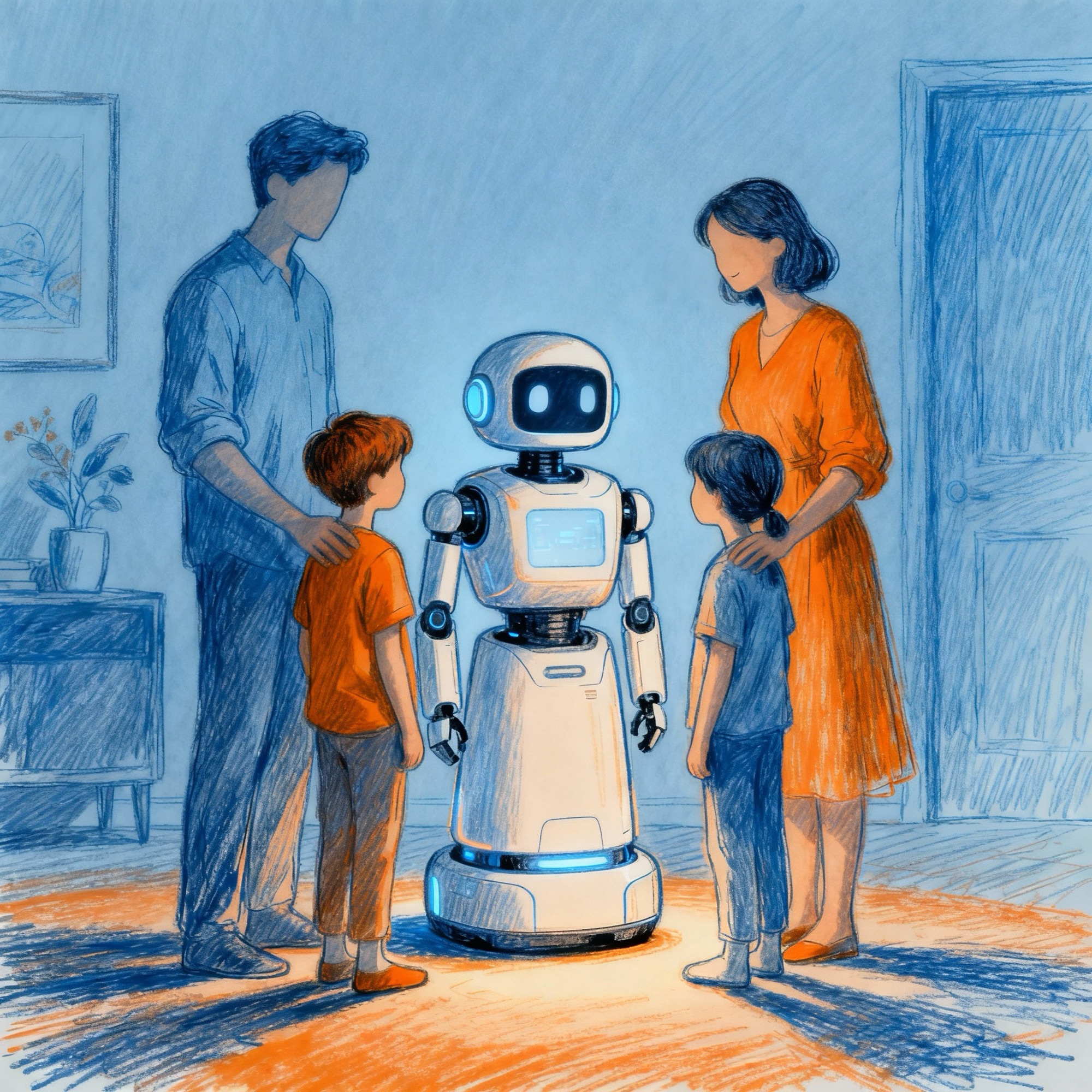
Our red lines at home
- Health and money: AI can help gather information, but final advice comes from qualified people.
- Private details: we don’t paste sensitive data into prompts. We use sign-in accounts and disable data-training where possible.
- Teen conversations: if the question is really about feelings, a human answers it.
- Verification norm: “What’s your source?” is a reflex, not a rebuttal.
AI and learning: curiosity, creativity, and that thin line
If school was once about memorising, it’s now just as much about navigating. The right question often matters more than the perfect answer. AI can be very good at getting a young person started: three ways to approach a topic, a first paragraph with training wheels, or a list of sources to evaluate. But there’s a thin line between help and outsourcing. Cross it too often and you erode the muscle that lets a child think for themselves.
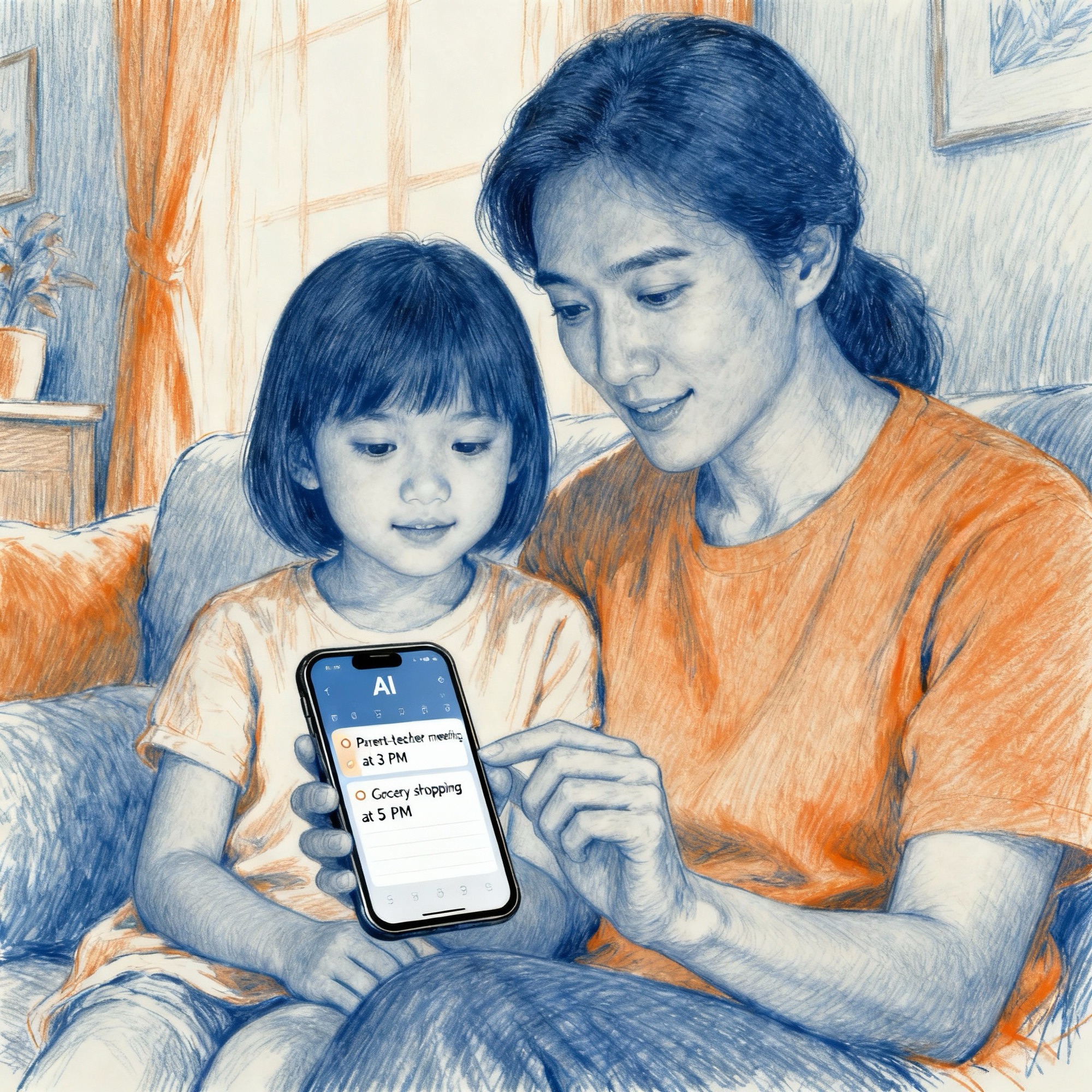
How we keep the learning honest
- Explain, then attempt: the assistant may outline a concept; the work is still theirs.
- Show working: wherever possible, we keep prompts and drafts. It teaches transparency.
- Compare sources: we check what a reputable site or textbook says against the assistant’s gloss.
- Celebrate the ugly draft: the first messy paragraph is where learning lives.
How AI is changing the web (and what that means for families)
The traditional web ran on pages and patience. You’d search, click, skim, decide. AI compresses that into an answer — a neat paragraph that blends sources, often without making you visit any of them. It’s wonderful for oven temperatures; it’s less wonderful when you care who wrote the advice about screen time or whether statistics came from a decent study.
For sites like this one, it’s a challenge and an opportunity. We won’t out-summarise a machine, and we shouldn’t try. What we can do — what we promise to do — is test things for ourselves, write like normal people, and explain choices so you can make your own. AI will get you a quick answer; humans will help you live with it.

Do you need to pay for AI?
Most families don’t need a subscription to see real benefits. Free tiers can summarise emails, draft letters, plan meals and explain homework concepts. Paid plans add convenience — better image handling, longer context, faster responses — but they’re luxuries, not essentials. My rule: if the tool saves real time every week and we’re using it responsibly, we can talk about paying. If not, the free version is fine.
Getting started, calmly
A five-step plan that won’t turn into a new job
- Pick one assistant and sign in. Avoid anonymous chat boxes.
- Open settings and disable data-training where possible. If it doesn’t exist, treat the tool as public.
- Start with admin: school messages, travel checklists, and polite replies you’re too tired to write.
- Co-use with kids: research together and talk about sources. Make “How do we know?” the family refrain.
- Write one family rule and put it on the fridge: “AI helps us plan; people decide.”
In the end: the human parts are still ours
I don’t think AI will raise our children. I don’t want it to. But I also don’t want to waste evenings wrestling with the inbox or reinventing a packing list. Somewhere between hype and panic is a very ordinary truth: with a clear head and a few boundaries, AI can make room for the things that make a family a family — time together, small rituals, conversations that can’t be automated.
The robots can have the rota. We’ll keep the rest.
